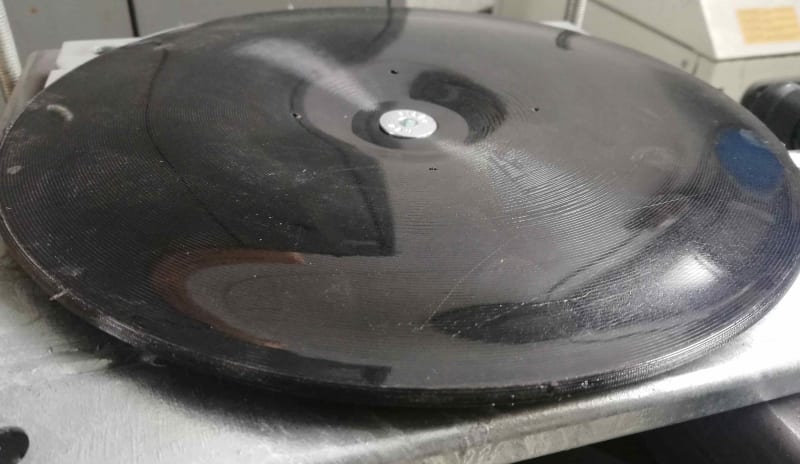I can remember the first trade show (can't recall the exact date, but it had to be in the late 80's) that I attended where 3D Systems showed off their early 'Stereolithography' system. Needless to say, it was the talk of the show. I was a product manager at the time in the McDonnell Douglas Unigraphics division and we had a booth at the show where we were demoing our CAD/CAE/CAM systems. I remember our CEO asking me to walk with him over to the 3D Systems booth so that I could help explain to him how it worked and what it might mean for our business. Note that this was while we were implementing our company-wide installation of software at GM and about a year or so later, one of their divisions, I think they did fuel systems, was an early adopter of 'Stereolithography', which by then was starting to be referred to as 'rapid prototyping', which at least was a better description of how people were using it. GM came to us and said that they needed us to add an 'SLA' interface to our CAD software. Their people had hacked together a crude piece of software but wanted something that was fully integrated and of course, was someone else's responsibility to develop and maintain. Since I was already involved in helping to roll-out our software at GM (note that in 1986-87, I had led the technical sales team that performed the demos and benchmarks which resulted in General Motors selecting Unigraphics as their corporate CAD/CAE/CAM system) I was assigned the role of product manager for our SLA interface module.
Over the next year or so, I made several visits to 3D Systems, which at the time was located in Valencia, CA, as well as a couple of facilities at GM where they were looking into the technology. I also visited a couple of other companies which were working on similar technology, the one that proved most interesting at the time was a company called Stratasys as their models were much more robust and could almost be confused with something that had been molded using conventional techniques, but the machinery was very large and complex, but it did lead to the so-called sintering techniques which are very common today when talking about producing production-ready metal parts.
Note that while the marketing types hit a home run, at least with the average guy on the street, when they started to refer to this technology as '3D Printing', the more common term out there in industry is 'additive manufacturing'.
John R. Baker, P.E. (ret)
Irvine, CA
Siemens PLM:
The secret of life is not finding someone to live with
It's finding someone you can't live without
